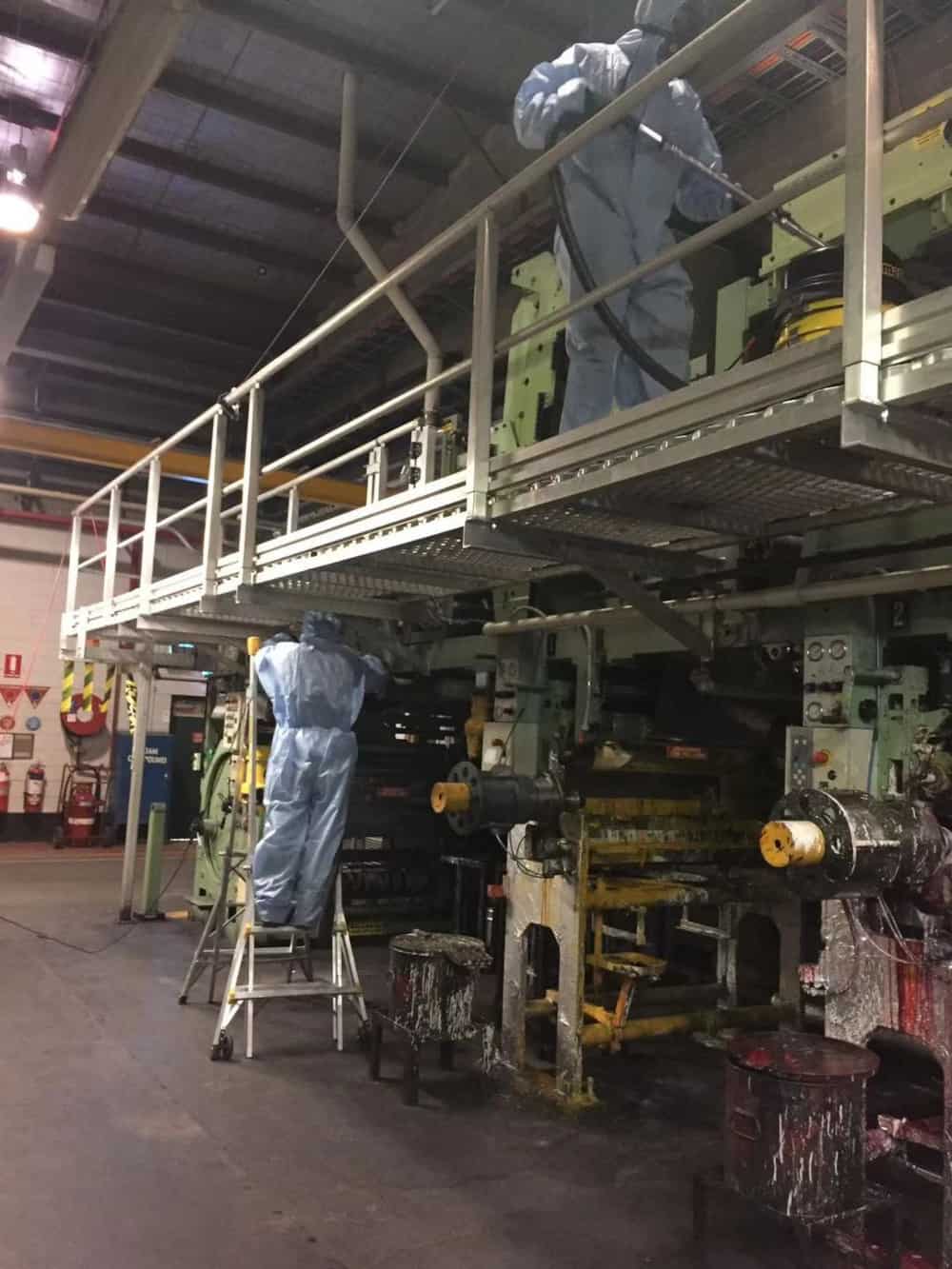Analytical Methods to Inspect Asbestos Presence
Asbestos is a mineral that is both very durable and extremely harmful. The material was extensively utilized from the 1930s until the early 1980s because of its resistance to heat, fire, and sound. Victims of asbestos exposure, whether via inhalation or ingestion, risk contracting lethal diseases like mesothelioma. The late 1980s saw its outright prohibition in Australia after it claimed the lives of many Australian citizens.
However, there are still building that might have Asbestos in them, which can be very harmful. If you wonder about the analytical methods professionals use to detect Asbestos, we are here to help. Let’s get going!
About Asbestos Removal
Minerals having a fibrous structure known as Asbestos are very stable, non-flammable, and resistant to heat and chemical attacks. Heat insulation and fire barriers were their primary uses until the early 1990s.
Electronics, equipment, and technological installations include Asbestos, such as heating systems. And many structures were built with asbestos-containing materials. The stiffening and tearing of connective tissue when asbestos fibres enter the lungs might lead to cancer. This condition is known as “asbestosis.” And even according to some studies, artificial mineral fibres (MMMF) can cause cancer.

Which Factors Contribute to Asbestos Removal Inspection
The following factors are used to identify asbestos minerals:
Mineral appearance
Lengthy fibres (thickness must be more than 3) forming bundles
Fibres splitting into fine fibrils
The mineral’s chemical makeup
The crystalline nature of the substance
Analytical Methods to Inspect Asbestos Presence
Several approaches can be used to identify asbestos minerals. Transmission electron microscopy (TEM) and phase-contrast polarised light microscopy (PLM) are often used for asbestos removal inspection. X-ray scattering (XRD) and infrared spectroscopy are other possible methods (IRS).
Scanning Electron Microscopy
Asbestos testing in air and dust samples is the primary usage of scanning electron microscopy. SEM can identify asbestos fibres that are too small to be seen with light microscopy.
Asbestos dust analyses are often used to determine whether or not asbestos has been spread throughout the removal process. It is also necessary to check that asbestos fibres have not been dispersed into the surrounding area once completed removal work is.
Polarized Light Microscopy
In most cases, PLM is used to confirm the presence of asbestos in a sample. The appearance of the asbestos minerals under a microscope can be used to identify them. Fibres are separated from one another at the ends of the bundles. Asbestos fibres must have a crystalline structure and an appearance consistent with the mineral’s optical characteristics.
In terms of refractive indices, asbestos minerals are unique. It is possible to discriminate between various asbestos kinds by embedding the fibres in index-matching solutions.
Transmission Electron Microscopy
Using TEM, very tiny fibre chemical content and crystal structure may be determined simultaneously. For TEM analysis, fibres with a diameter of 0.1 m are required. To determine the chemical composition of the fibres, the TEM utilizes an energy-dispersive X-ray detector. The spectrum looks like the EDX graphs presented before. A refraction spectrum, which shows the crystal structure, may be acquired using a different detector. Amorphous fibres may be distinguished from crystalline fibres by their lack of refraction spectra.
Hire Us Today!
Even though Asbestos was banned in 1989, some buildings still have it. If you work or live in an area built before the 1980s, you need to get your place checked. For proper inspection of Asbestos presence, hire us. We have a professional team that inspects the Asbestos presence and facilitates Asbestos Removal in Melbourne. Contact us by email or visit our site to properly inspect the Asbestos presence at your home and workplace today!